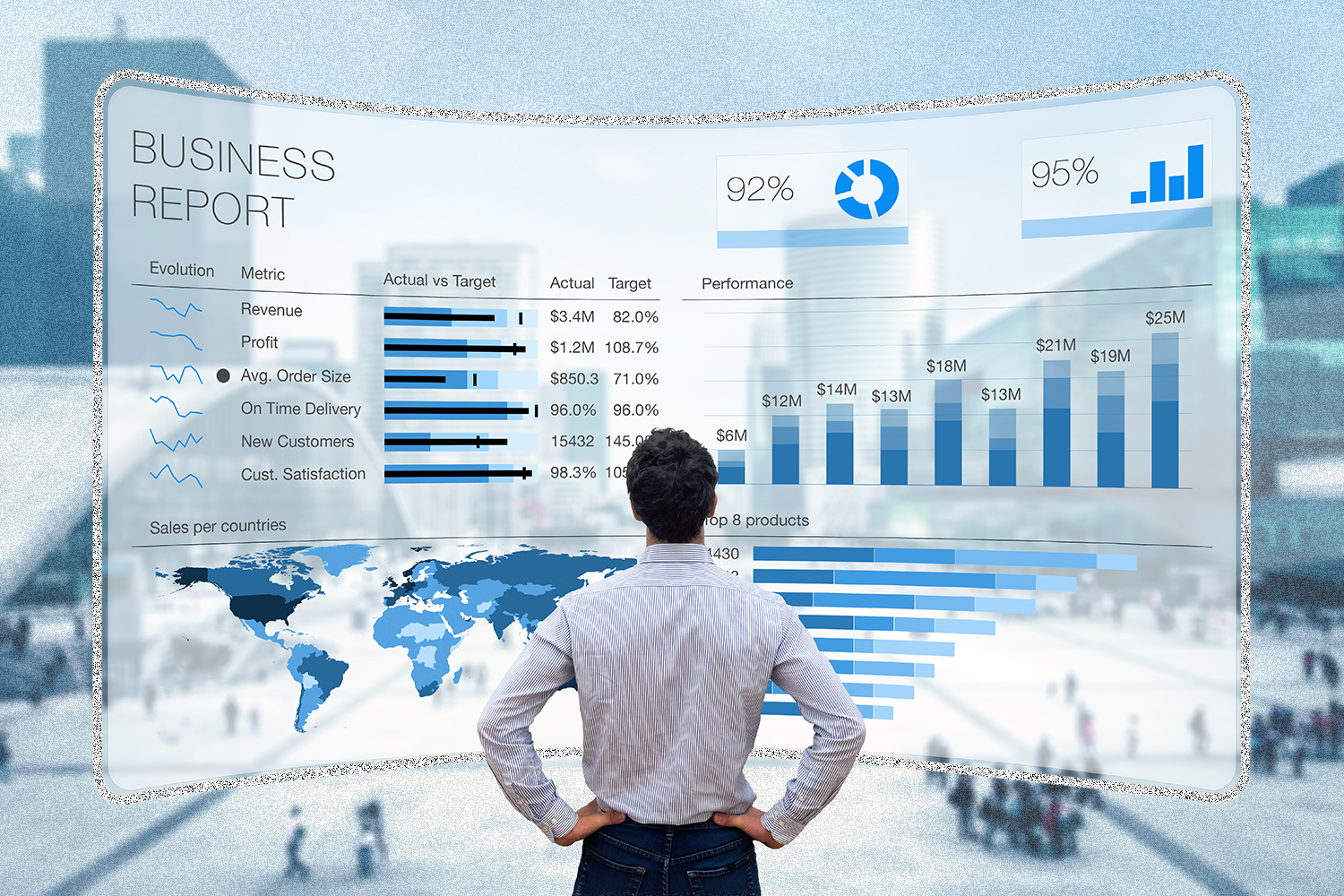It’s one thing to sweat reporting and disclosure requirements for your own firm. As managing director of Environmental, Social, and Governance (ESG) and Sustainability Solutions for consultants EisnerAmper, Lourenco Miranda also supports clients (including financial institutions, private equity funds, public and private corporations and closely held entities) on their reporting and disclosure efforts, as well as their strategies for identifying, managing and addressing risks in the ESG space.
Senior Executive Media recently interviewed Miranda about the challenges facing his clients and how he guides them through establishing sustainable solutions. Read on for edited excerpts from our conversation.
Senior Executive Media: Tell me a little bit about your role as Managing Director of ESG and Sustainability Solutions. What’s the mandate for your position?
Lourenco Miranda: The mandate is to assist our clients with the economic and social governance aspects of their business. What does that mean? So a client can have a problem, a need, a challenge in terms of how environmental, social, and global governance impact their financial statements and/or their financial health. And they can come to us and ask for an advisory in that respect. On the other side of the same coin, we can also advise our clients and help our clients with the sustainability aspects of their business. Suppose that they have a special philosophy or they want to look good for the environment, and they want to improve their sustainability, energy efficiency, energy consumption, they want to do good for the society, for the community, we can help them with this strategy as well.
Senior Executive Media: What are common challenges or trends related to ESG that your clients typically seem to grapple with?
Lourenco Miranda: So the first thing is about terminology. There’s a lot of different terminology — in the literature, in the news, and in thought leadership. The terminologies can be overwhelming. Clients can listen to a specific podcast or specific thought leadership and see the words ESG. It’s ESG investing, sustainable investing, responsible investing, also corporate social responsibility, sustainability. All this jargon and this nomenclature can become overwhelming for them. So they need help to understand and then make some sense out of this. So we help them to overcome this first initial challenge to understand the nomenclature…
The second challenge is how I can help the client understand that if they improve their sustainability, if they manage their ESG risks and find the opportunities, they can have better results in the future. So ESG is something that is good for your business, good for the environment, good for society…They really want to know…What’s the outcome? What’s the consequence of doing all these initiatives?…
So there’s a lot of data-intensive requests for what the regulators are asking, the investors are asking, the general public are asking for. What they are asking for is disclosures. The plan is: they have to be more transparent with their social responsibility, with their impact to the environment, how they manage their exposure to ESG risks. So transparency and disclosures are extremely important. It requires a lot of data, a huge amount of data, that sometimes is not easy to find.
“So transparency and disclosures are extremely important. It requires a lot of data, a huge amount of data, that sometimes is not easy to find.”
Senior Executive Media: What are some of the metrics that teams typically measure?
Lourenco Miranda: Remember that I mentioned ESG has to do with managing the two sides of the same coin? So you have one side of the coin is the financial impact of ESG…In order to measure that, we need to understand, what is the link between each of these risks and opportunities? What is the positive risk? How much will it impact my future cash flows? How much will it impact my income statements? My revenue? Can I maintain my strategy? What is the impact if there’s an external event like a wildfire, drought, hurricane, or flood? Wildfires? What would that impact in my business, in my bottom line? That’s the first part of all the metrics related to financial materiality… Because we want to know how much value your company can produce and how much that is sustained in the future…
The second aspect is the sustainability side, which is the other side of the coin, and what is the impact of the company on the environment. And the first metric that comes to mind — and is being asked by the SEC, by the investors, in the general public — is greenhouse gas emissions. So the companies have to be able to identify, measure, and disclose their greenhouse gas emissions. The first one is CO2 emissions…which [are] the most critical ones. Scope one [emissions are] the ones that you, as a company, consume yourself in your premises. Suppose that you are a manufacturer and you have a furnace in your premises…that’s a scope one. Scope two [is] when you buy this energy from a utility company — the lights that you have or air conditioning, all the energy that you consume and you buy from a utility company. So the scope two, then those you have to understand how much CO2 is being produced, based on the energy consumption that you have.
That’s the third one… the energy that is consumed, CO2 that is produced by your supply chain, downstream and upstream. So the ones that you depend upon, and the ones that you supply to. Well, that’s extremely, as I said, data-intensive. It’s not easy because most of the companies that do not have this already in place to do probably know the treaty deals, but they don’t know how to transform the activity view, or energy consumption in kilowatt hour to CO2 emissions of the past to do them in order to disclose in order to be able to measure the carbon impact.
Senior Executive Media: How have you helped a client with getting the process set up for data procurement? What did you advise them?
Lourenco Miranda: So a very typical problem that some of our clients have is to identify and measure the CO2 emissions and CO2 equivalent… If you’re an owner, and you have control of the premise that you operate [and] occupy, you have these utility bills…[with] how much kilowatt hours were consumed. If you have that, great. Then you just go into a table that will transform kilowatt-hours into the CO2 emissions equivalent… The EPA, the energy agency of the United States, has tables like that. And that’s, I would say, the most straightforward way. But it’s not, in practice, what happens. The clients that we have don’t necessarily have the utility bills ready for this mapping, so we have to procure their utility bills. And sometimes if they don’t own the buildings, they get just an invoice… Then you have to go, most likely, and retrieve the information that we need directly from the utility company. So it creates an added burden, another obstacle to the company to retrieve those utility bills… And this client has 20 locations. The amount of effort in this can become overwhelming, if the company’s trying to do this by itself…
My advice: there’s going to be a huge initial investment in creating this process, to see that it’s not trivial to get these utility bills. Some of the times, it’s not easy, it’s not straightforward. But if you create this process, you can replicate this every month for every location… So that next cycle will be much easier.
Senior Executive Media: I imagine that being quite the challenge.
Lourenco Miranda: It is a challenge. It seems so easy, right? Just give me the utility bills. And it’s not because it’s not part of the day-to-day activity of a CEO or CFO. They’re not used to doing that. So now they are being required to disclose on CO2 equivalents. And they look at us… What does that mean? It goes back to the challenges that we talked about — the nomenclature, and then what to do with this and how to disclose, and it’s data intensive. All these three challenges are there in this engagement with this client… So it’s interesting to see how it plays out in practice.







